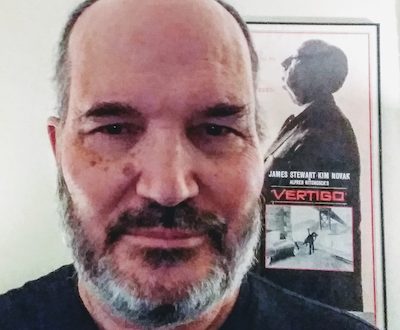Cinematographer Fabian Wagner on “Zack Snyder’s Justice League”
A lot of people are professing surprise at the success of Zack Snyder’s Justice League on HBO Max, not only in terms of the critical praise it’s getting, being called “operatic” or as richly imagined as Lord of the Rings, but even in the calls to continue the film’s teased sequels, and pursue a #Snyderverse on HBO Max.
As this was being written, no less than the Washington Post’s opinion pages ran a column from its culture & politics writer, calling Snyder’s darker version a more necessary reflection of 21st-century trauma and angst than Marvel’s quippier, everything-might-seemed-destroyed- but-really-isn’t superhero Götterdämmerungs. Precisely the tone Joss Whedon was hired to emulate by Warners when he was brought on to rework the first version (with Snyder having departed due to a profound family tragedy), turning Justice League, round one, into the box office sinkhole that first gave rise to the legend of the Snyder Cut.
The fact that the original turns out to be the superior version, however, doesn’t surprise its original DP, Fabian Wagner. “We all knew in which direction the movie was going to go,” he says, though there was a surprise for him at the outset: Being brought on board.
He calls it a “stroke of luck” he came in to “step into (the) shoes” of Snyder’s regular cinematographer, Larry Fong, who shot most of the director’s best-known films, including 300, Watchmen, and the earlier Batman v Superman: Dawn of Justice, whose own dark death-of-Superman story leads straight into the current Justice League.
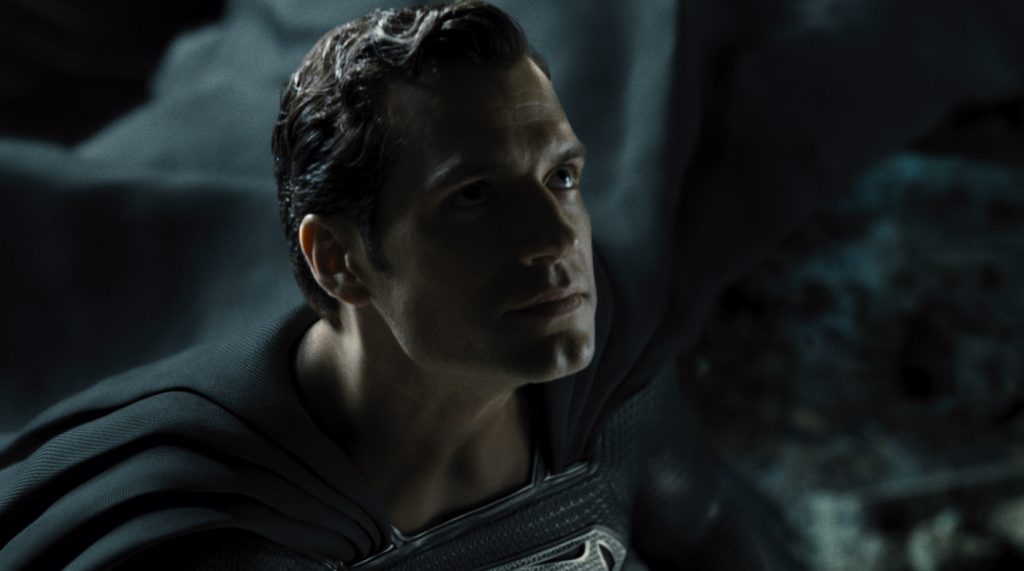
But happily for Wagner, Snyder held some admiration for his work, too. “Zack was a big Game of Thrones fan,” he says, and Wagner shot some its most acclaimed episodes, including Hardhome, with its epic zombie battles of the north, and then surpassing that with Battle of the Bastards, which boasted one of TV’s greatest small(er) screen battle sequences.
When Wagner came on, he assumed that even if the screen was going to be larger, perhaps a lot larger, with the envisioned IMAX showings, the proportions of the superhero saga would be similar to what he used on Thrones.
“I stupidly thought he’d want to shoot the movie in 2:35 aspect ratio,” he says, being a bit hard on himself. But Snyder told him “I actually want to shoot it in 4:3.”
This may have come as a surprise to HBO’s current viewers expecting the now-traditional rectangle, but the more Wagner thought about it, the more it felt like “a great idea. The framing, though, seemed odd to me,” at least, at first, but in making all those meta-humans “taller” than they’d be in widescreen, Wagner adds that “it adds to the characters’ grandeur.”
Regardless of ratio, Wagner still found himself looking at a range of different films and imagery in preparing for the shoot, including comics – where frames often traditionally mimicked those 4:3 proportions. “I looked at Tim Burton’s (Batman films), I looked at Zack’s again (and) looked at Sin City (which, though directed by Robert Rodriguez, also came from a Frank Miller graphic novel, as did Snyder’s 300).
“It became an accumulation of all of those things, to create that look — a whole bunch of different movies. It was really a strange mixture. I guess in the end, it’s like an accumulation of everything you’ve seen of those kinds of characters. The more source material you have, the better.” But he also had Snyder to draw on too: “He knows a lot about that universe.”
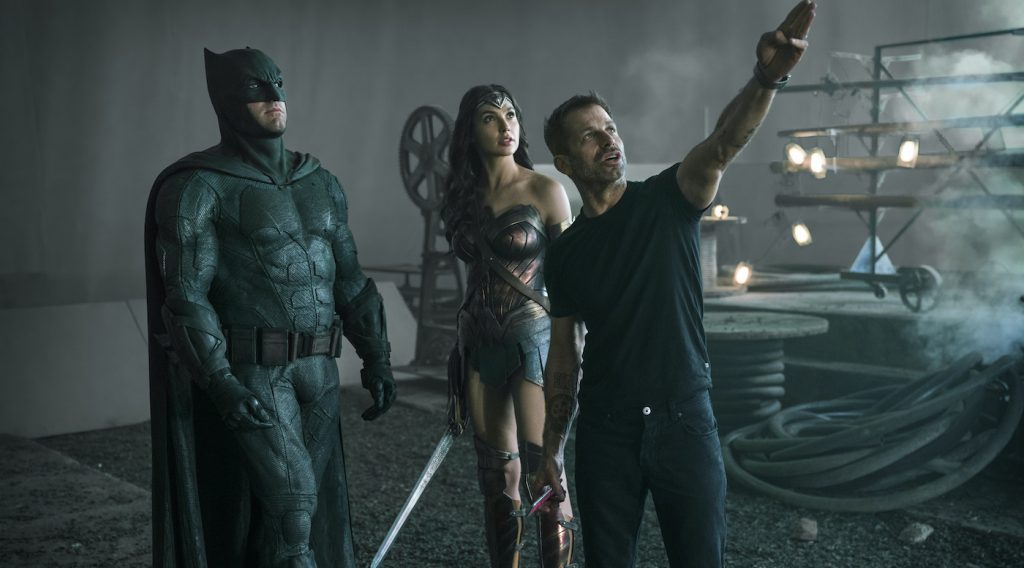
As for the 4:3 ratio, Snyder also knew that it approximated the proportions for those presumed IMAX showings, but instead of the 65mm film, and heavier gear, that would be required, they “shot in Super 35, shooting in full-frame, which obviously works for IMAX.”
Wagner hadn’t shot on celluloid in a while but made an easy choice to use ARRICAMs and ARRIFLEXEs, with Leica Summilux lenses, to do it. Though currently living in London, Wagner grew up in Munich, and “did my apprenticeship at ARRI when I was fifteen.” As for the lenses, he “just had a feeling I wanted to try to try the Summiluxes.” During a series of lens tests, he and Snyder looked at each other and said “‘those are the ones!’ They’re soft and sharp at the same time (and) they have a beautiful fall off.”
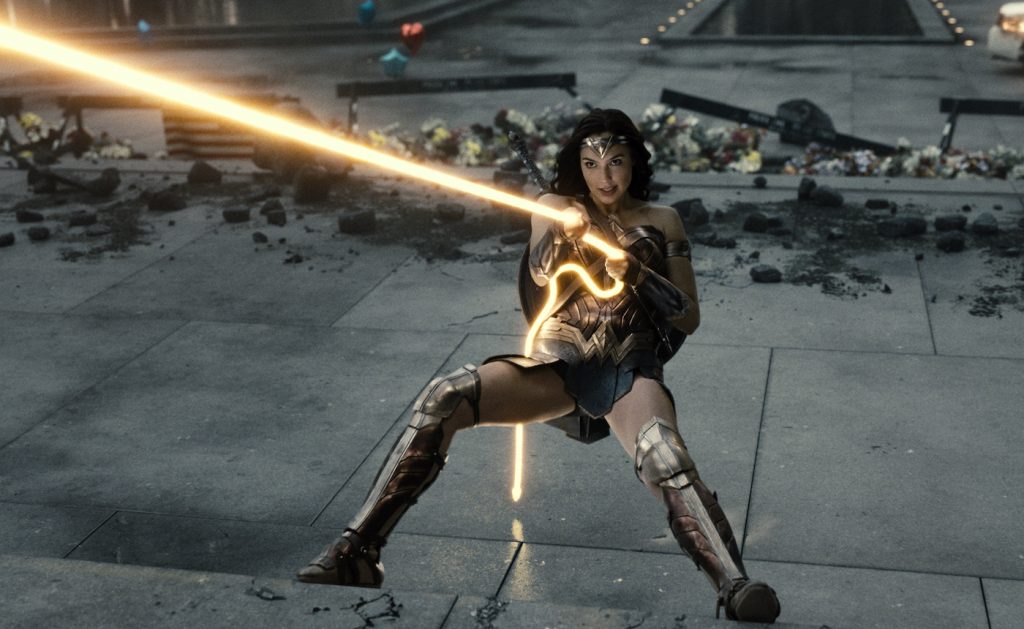
One thing where he didn’t want fall off was in how his production footage would work with the significant rendering in post, always preferring to do some of the effects in-camera, when possible. He mentions “interactive lighting,” including perhaps its most “interactive” form of all, fire. He likes using real fire, at least in part, if a scene calls for it, even if the conflagration will be digitally amplified. “Hopefully the visual effects get turned into that, what you do on set.”
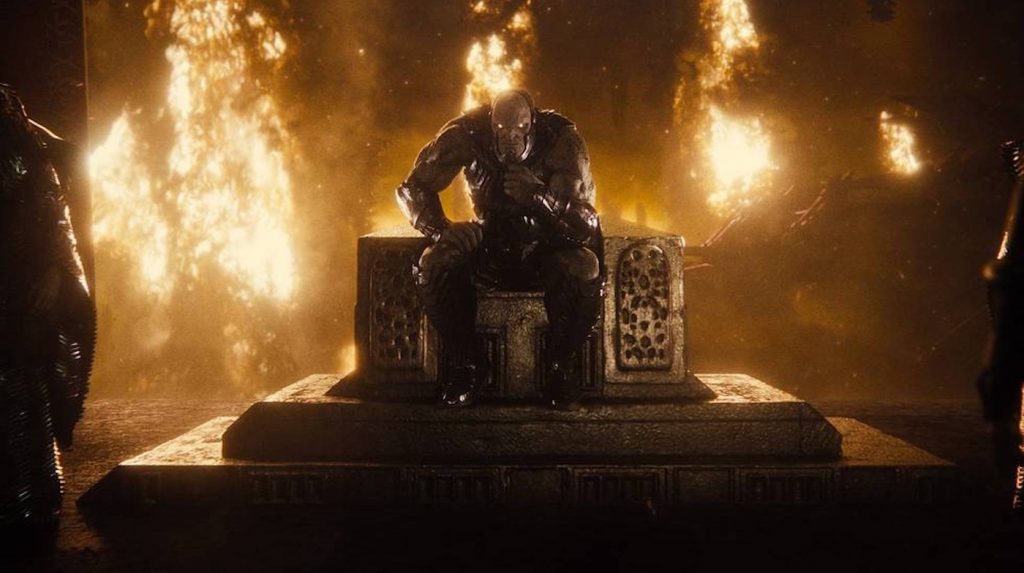
As for those sets, designed by Patrick Tatopolous, the production designer who did 300 and the earlier Batman v Superman: Dawn of Justice, along with other films like Total Recall and Maleficent, they were often built practically to scale. “Even though we had so many visual effects,” Wagner says, “the sets were huge,” with things like the Kryptonian ship and many other set pieces filling “a whole stage—it was beautiful to work on (them).”
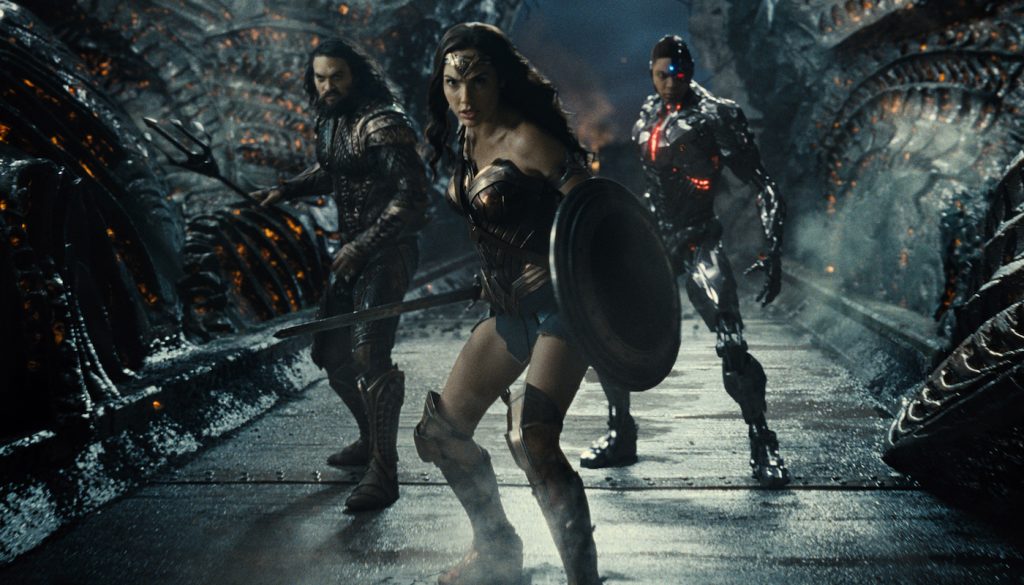
The reconstituted multi-hour epic features not only the finished effects work on the majestic sets, and the reworked action sequences, but (spoiler alert) also a new, dystopian postscript, that was filmed here in L.A. In it, the Joker, played by Jared Leto, makes a tentative truce with Ben Affleck’s Batman, as the heroes are making a stand against Henry Cavill’s now amok Superman. All of it pointing toward Snyder-esque sequels originally planned, but now as ephemeral as the Flash speeding by.
Wagner didn’t fly over to film the new epilogue (and tactfully notes he didn’t shoot Whedon’s footage either), due to Hollywood being in the throes of a resurgent virus at the time. “Plus, I had a daughter. I managed to spend a whole year at home with (her). If the world happened normally, I would’ve been away for the whole year.”
If the Snyder Cut’s reconstitution, arrival, and rapturous reviews prove anything, the world is definitely not happening “normally” anymore. Sometimes, though, this can be to the benefit of fans and viewers everywhere.
For more on Warner Bros., HBO, and HBO Max, check out these stories:
Director Shaka King Breaks Down the Magic Trick Behind “Judas and the Black Messiah
James Gunn on King Shark’s Creation in “The Suicide Squad”
Sound Designer Scott Hecker on Going Big in “Zack Snyder’s Justice League”
Dwayne Johnson Reveals “Black Adam” Release Date
“The Suicide Squad” Trailer Rallies the Troops
Featured image: Ray Fisher (Cyborg / Victor Stone), Ezra Miller (The Flash / Barry Allen), Ben Affleck (Batman / Bruce Wayne), Henry Cavill (Superman / Clark Kent), Gal Gadot (Diana Prince / Wonder Woman), Jason Momoa (Aquaman / Arthur Curry). Courtesy HBO Max.


